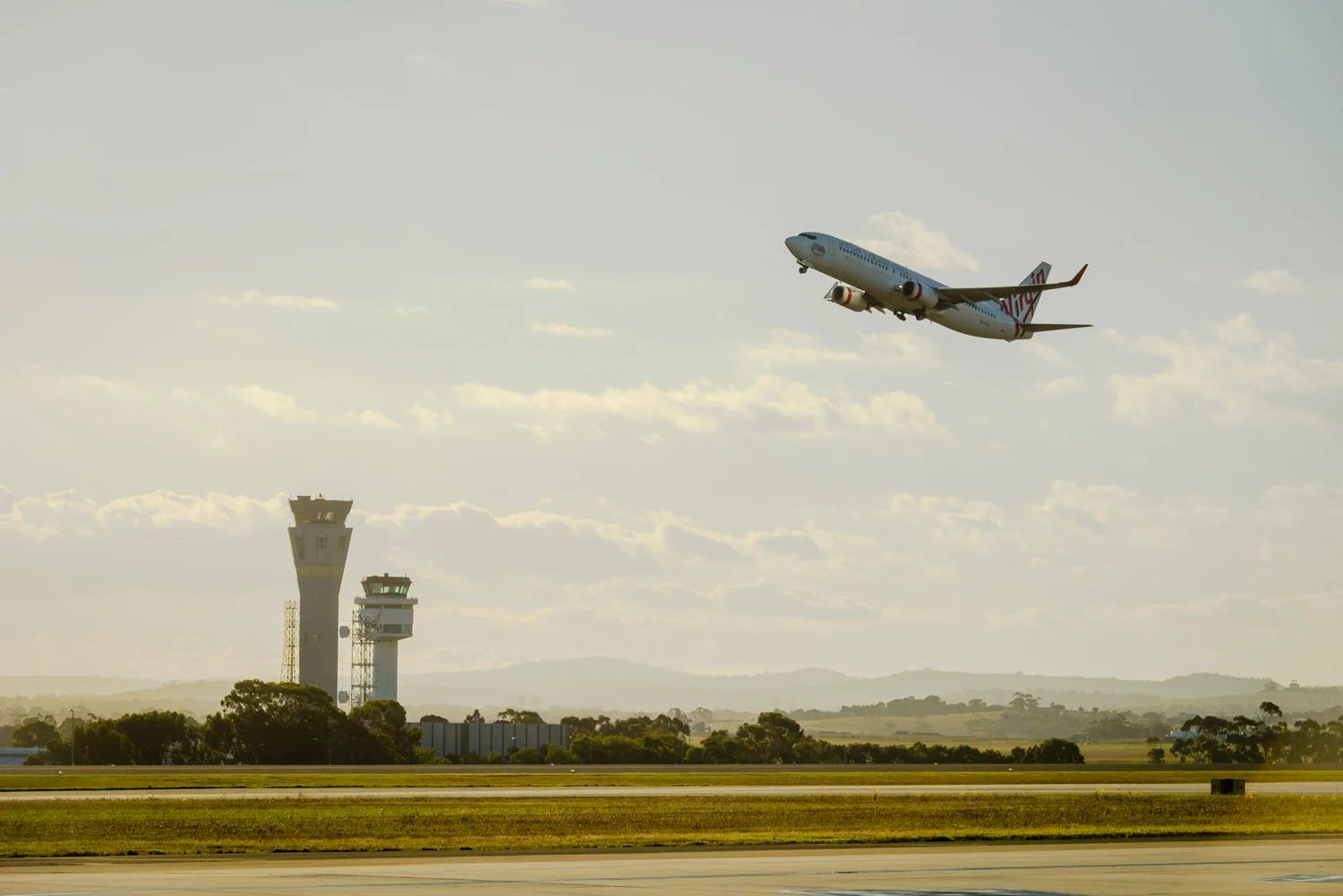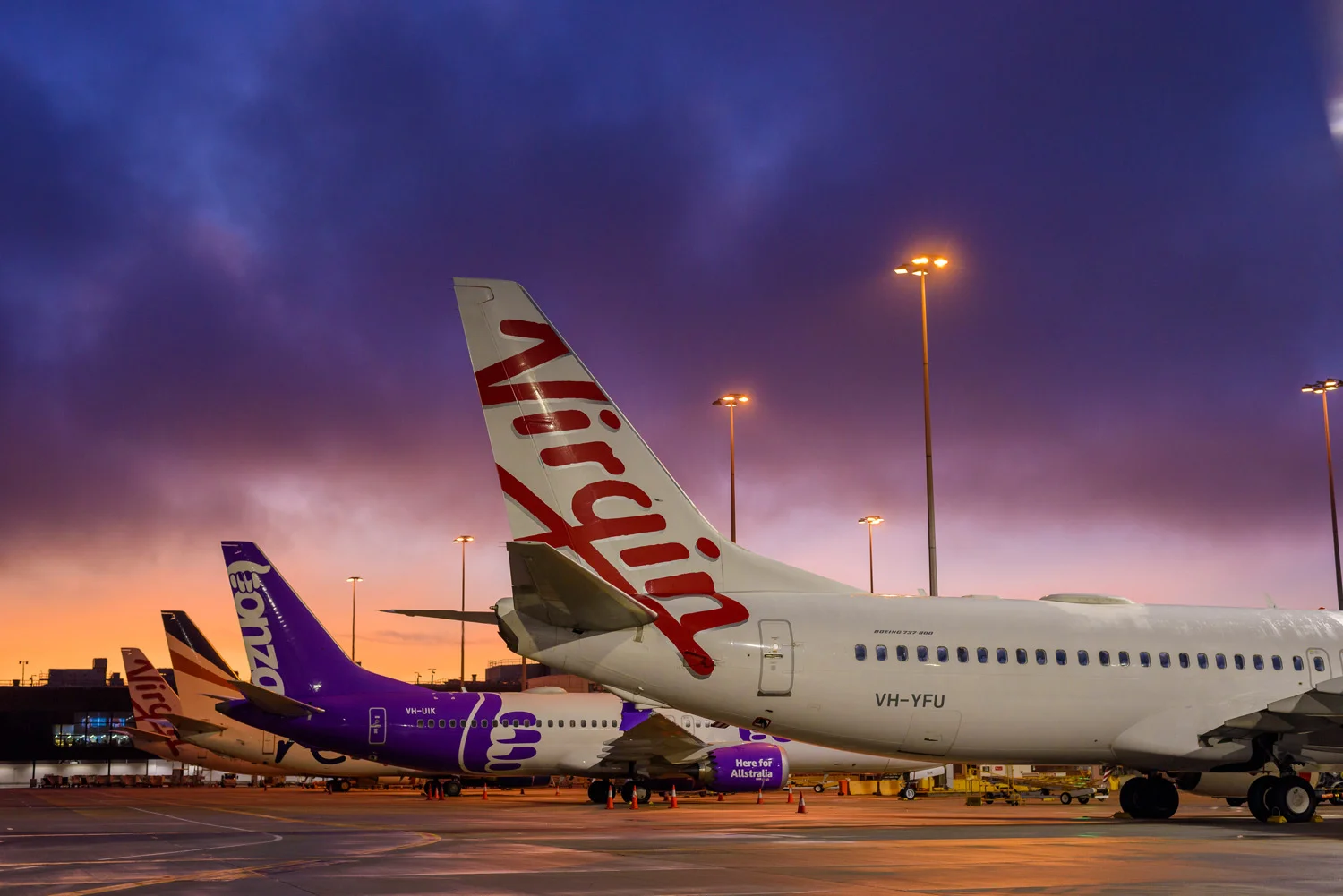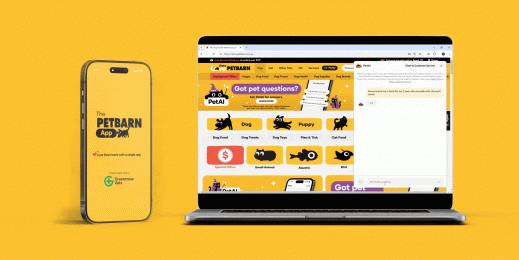
Melbourne Airport reimagines the passenger experience with powerful reporting capabilities powered by Azure
Melbourne Airport is the second busiest airport in Australia, facilitating more than 4,500 flights a week and ensuring the safe passage of 2.2 million customers each month. As a critical service and 24/7 operation, it has around 20,000 direct employees working at any time.
The company experienced a surge in growth and market share during its recovery from the COVID pandemic. New flight routes, new partner airlines and reopening borders meant that the airport needed to gear up for more flights, passengers and staff. The company realised it needed to invest heavily in improving the experiences it offered passengers and staff.
“Melbourne Airport is not just an airport. We’re also a retail precinct and a ground transport operation. Our vision is to be Australia’s favourite airport destination,” explains Anthony Tomai, Chief Information Officer at Melbourne Airport.
We have always had huge ambitions around improving the way we serve our customers. We want the passenger journey through the airport to be as seamless, comfortable and efficient as possible. From a technological perspective, achieving this is all about our data and what insight it can give us about the journey.
A priority was to revamp the airport’s data analytics platform to enable employees to easily access large amounts of data. The aim was to enable them to conduct data analytics and unlock business intelligence without relying on extensive IT infrastructure or technical expertise.
The solution, built in partnership with Microsoft’s Aviation, Transport & Automotive Data Specialist team, is the airport’s new data analytics platform.
The platform runs entirely on Microsoft Azure, using Azure Databricks and Azure Synapse Analytics to give Melbourne Airport unprecedented visibility and insights from its data. It’s helping the company improve efficiency and enhance passenger experiences with real-time information and assistance. It also helps to increase safety and security, and effectively manage airport resources.
Enhancing reporting capabilities
Melbourne Airport’s previous system didn’t allow employees to easily draw their own reports from the organisation’s data. The company wanted a platform that would democratise the data so anyone could generate the insights they needed without requiring expertise in a specific technology, and without compromising data security or the privacy of the airport’s staff and customers.
It partnered with the Microsoft and Databricks teams to conduct a data envisioning workshop to understand the value and capabilities of Azure data services and Databricks in unlocking the data opportunity. The platform was built using a blend of Azure Synapse Analytics, Azure Data Lake Storage Gen2, Azure Databricks, Azure SQL and dedicated SQL pools.
The solution is easy to manage and can scale to support Melbourne Airport’s ambitious and dynamic growth strategy. This includes enabling future use cases leveraging artificial intelligence (AI) and machine learning.
“Melbourne Airport’s data management and analytics capabilities have been significantly enhanced by the implementation of a data lakehouse on Microsoft Azure,” says Xianping Wu, Chief Solution Architect at Melbourne Airport.
This has enabled the organisation to acquire valuable insights into their operations, customers and performance, leading to more informed decision-making.
Driving operational efficiency
The insights that Melbourne Airport’s new data analytics platform provides can help employees streamline processes and reduce operational inefficiencies by meeting passenger needs actively instead of reactively.
For example, the platform allows better visibility into how many passengers are checking in for flights and how quickly lines are moving. This in turn informs how many lines should be open at baggage check or border security to accommodate incoming passengers.
The platform also helps in allocating resources. For example, staff can compile reports to predict how many cleaning vendor contracts the airport might need in a given week by drawing on data, such as the number of staff in the airport and the number of cars using the parking lot, to understand the volume of activity through the airport.
Melbourne Airport also hopes to introduce predictive maintenance and analysis capabilities using Internet of Things data and Microsoft’s AI tools. This will enable the airport to actively monitor the safety and compliance of important infrastructure like lights on airplane landing strips.
Partnering for greater impact
Melbourne Airport’s partnership with Microsoft is a key pillar in supporting its ambitious digital transformation journey. Tomai and the company’s Data Lead, Irfan Khan, have established a strong executive partnership with Microsoft’s Data & AI team and remain jointly committed to unlocking digital capabilities through investment in skills development.
The airport conducts bi-weekly training sessions and technical enablement for its employees with the Microsoft Data & AI team. Microsoft also continues to provide support and recommendations for best practice as Melbourne Airport completes the project.
In the near term, the company is looking to expand the scope of its data analytics platform by increasing the availability of data sets for other business units. It also plans to leverage better data visibility and insights to support its sustainability strategy as it works towards net zero emissions by 2030.
“Melbourne Airport is an extremely important partner for us,” says Lee Hickin, Chief Technology Officer at Microsoft Australia and New Zealand. “A typical daily international flight is estimated to contribute as much as $109 million to the Victorian economy and supports over 1,000 jobs per year.
“We are excited to help such an important contributor to the economy invest in the right technology so it can continue to provide critical services in an efficient, reliable and informed way.”


















